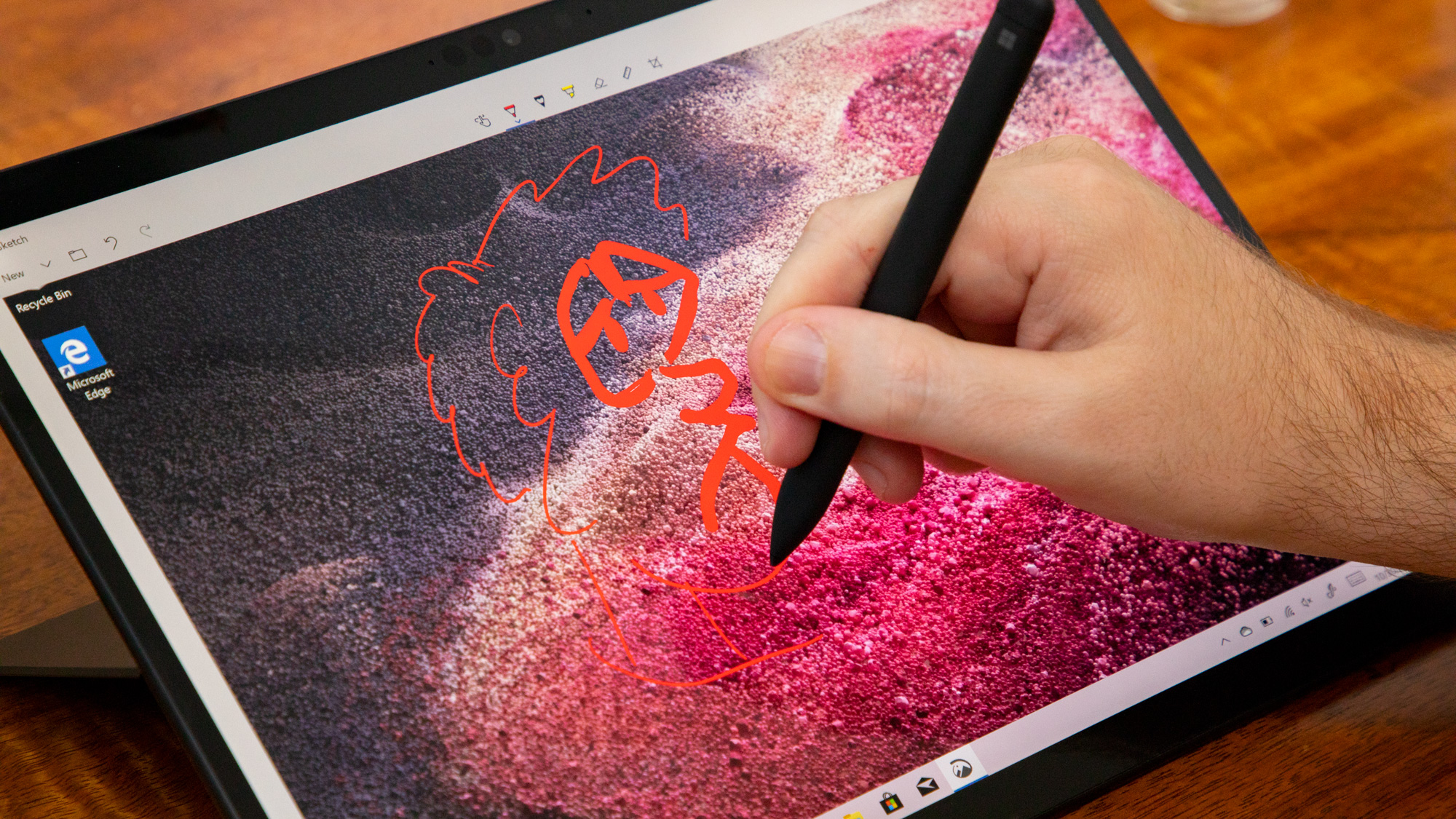
It’s a task that would push the limits of a regular processor, but with SQ1’s AI computing engine, the Pro X can adjust in real time without breaking a sweat. It’s thanks to those efficiencies that the Surface Pro X can do something so seemingly easy as gaze correction - fixing that annoying part of video conferencing where your eyes aren’t looking directly at the camera. Having a workhorse CPU is step one, but pairing it with dedicated silicon for specific tasks (like AI or analyzing motion) and integrating a modem (which otherwise can be a big power hog) on the same “system on a chip,” or SoC, is how you keep that horse lean, and make big gains in power efficiency. Much of that is due to typical technological progress, but for leading chipmakers like Apple and Qualcomm, it’s not so much the number of transistors they can fit on a chip (which has been multiplying year after year thanks to a little idea called Moore’s Law), but how different parts of the chip interact. But we’re at a point where it handles more than 90% of a normal worker’s day and 100% of a mobile worker’s.” “It’s not going to do everything, like CAD or GPU work.


“ARM architecture over the past four-to-five years has matured to the point where it can handle higher compute loads,” says Ben Bajarin, a technology analyst at Creative Strategies. Your Mac today performs better than the one you had 10 years ago, but the iPhone 11 is in a whole other world than its ancestors from the same era. Driven by nonstop demand for bigger and better smartphones with multiple cameras, augmented reality, and always-listening assistants, mobile chips have improved by leaps and bounds. On the mobile side, however, where virtually all chips are based on technology from ARM Holdings, that compromise is being renegotiated.


For PC processors, you can have ultra-portable or ultra-powerful, but usually not both. However, we’re starting to reach the limits of that progress: Attempts to go even slimmer, like the discontinued 12-inch MacBook, tend to compromise on performance, since powerful chips typically need cooling systems and struggle to provide anything close to the “all day” battery life of smartphones. If you slide the Osborne’s 25-pound chassis up next to a MacBook Air, you’ll really appreciate how far miniaturization has progressed. The first real portable computer, the Osborne 1, debuted in 1981.


 0 kommentar(er)
0 kommentar(er)
